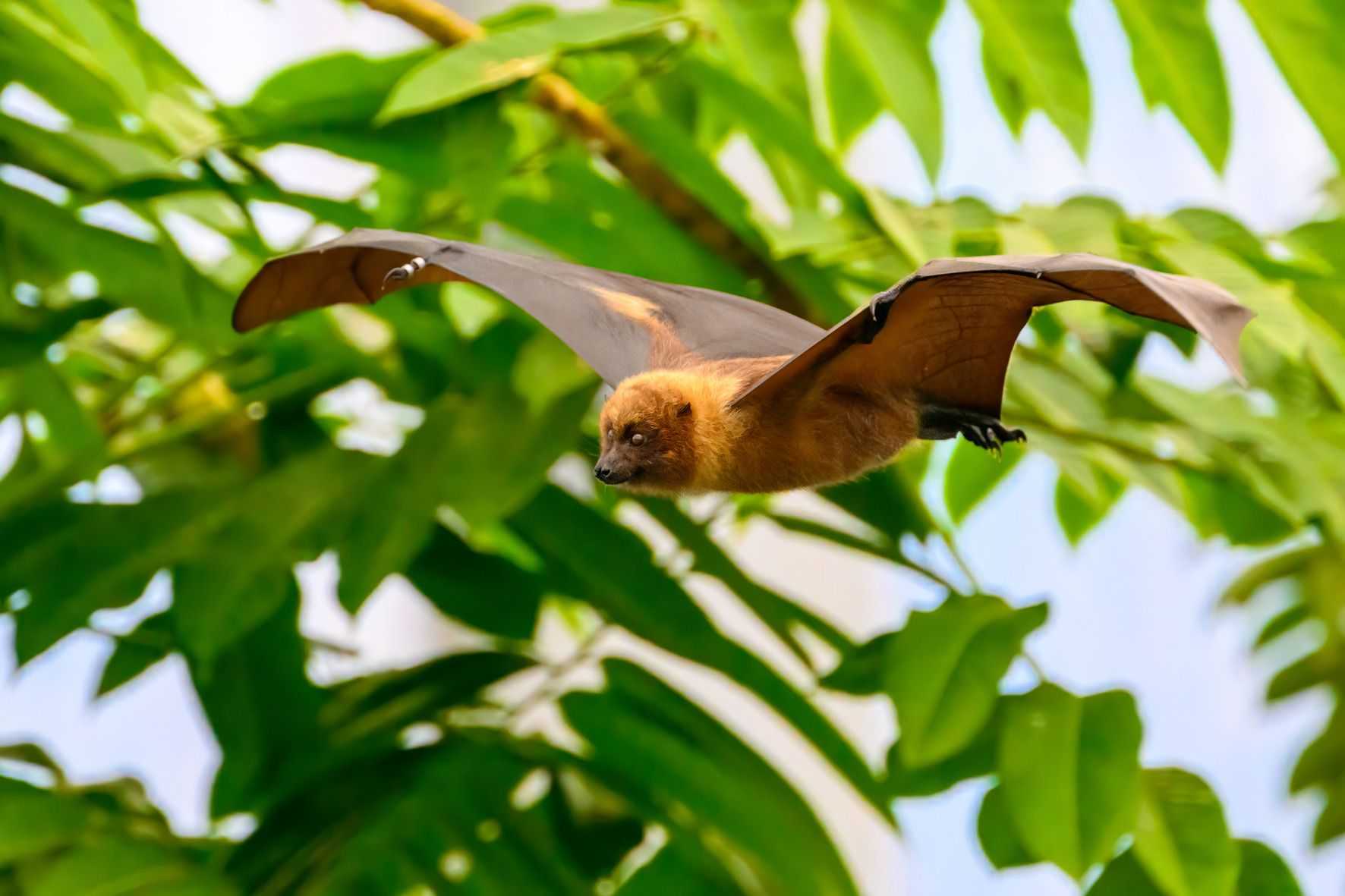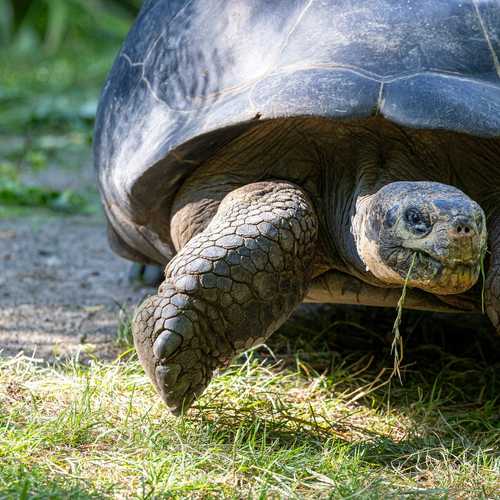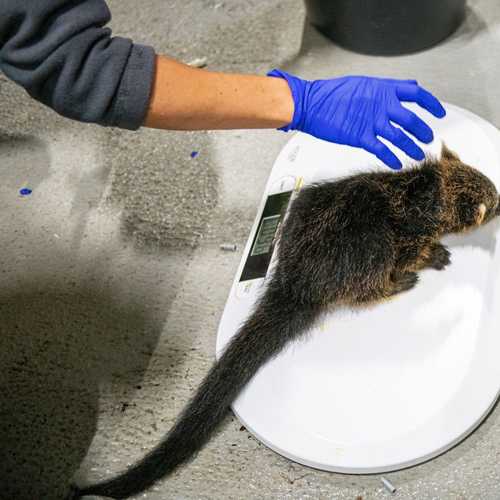Animal populations for conservation
Joint management of animal populations is at the core of EAZA Members' collaboration. It offers great opportunities for species conservation.
Animal populations for conservation
One EAZA zoo may keep a few lions but together EAZA Members care for a lion population. By managing animals as a population, we can keep it more demographically stable and genetically diverse. This also creates opportunities to contribute to conservation.
For over 500 species, such collective population management is in place. These programmes are called EAZA Ex situ Programmes (EEPs) and they are EAZA’s core responsibility.
The majority of EEPs aim to directly contribute to species conservation. For some, the EEP may be the only way to avoid extinction. EEPs can contribute in various ways.
For instance, Przewalski’s horses have been released to the wild by zoos for decades because appropriate habitat is available. The Pupfish EEP, on the other hand, buys time for species that are functionally extinct in the wild while we mitigate the threats they face in the wild.
The Pied tamarin EEP helps to build up husbandry knowledge, deemed crucial for conservation efforts in Brazil. The Brown bear EEP aims to educate European visitors on coexistence with returning predators. Some EEPs focus on maintaining a population for exhibit and general biological education. For more detailed examples, visit the EEP pages.
Each EEP is overseen by an expert Coordinator and a Species Committee, working at EAZA zoos and aquariums or at partner organisations. But how do we determine which species should be managed by an EEP? Scroll down to find out.
Population management
EAZA Member zoos and aquariums are vital contributors to conservation, collaborating with partners to address the unprecedented biodiversity crisis. The management of individuals and populations alongside other conservation actions is needed to ensure their long term survival. It is at the heart of EAZA's missions and goals.
EAZA's population management structure is built around three main pillars:
- Regional Species Plans,
- EAZA Ex situ Programmes,
- Long-term Management Plans.
All processes are described in the EAZA Population Manual and are overseen by the EEP Committee.


Scroll down for more details about the population management processes.
Regional Species Plans
All taxa (groups of species) in EAZA Members’ care have objectives set to help their conservation both in our zoos and aquariums and in their natural habitats. These objectives are outlined in the Regional Species Plans (RSPs) developed by EAZA's experts in collaboration with external partners.
By following the IUCN One Plan Approach, this process ensures that the animal populations in EAZA zoos and aquariums contribute to the overall conservation of their species.
The IUCN Guidelines on the Use of Ex situ Management for Species Conservation, that EAZA applies, define how zoos and aquariums can directly support the conservation of a species:
- Addressing the cause of the threats to a species – by facilitating species research, conservation training and education both in the institution and in the field
- Offsetting the threat – by managing a population to overcome a specific problem that a species faces, like the vulnerability of ground nesting birds to scavenger species
- Buying time – if the threat is acute and potentially very damaging to the survival chances of a species, zoos and aquariums can care for a population that can be isolated from the threat, be it a disease, natural disasters, or the ongoing destruction of its habitat. We call this an insurance population
- Restoring wild populations – where there is no longer a threat to a wild habitat, and where there is enough capacity to establish a population or add animals to an existing one, zoos and aquariums can provide healthy animals for reintroduction
Each of EAZA’s 42 Taxon Advisory Groups (TAGs), gathering some of the most knowledgeable people for each group of species like songbirds or reptiles or insects, analyses these roles for their taxon and recommends which of the species should get the highest level of management through an EAZA Ex Situ Programme (EEP).
EAZA Ex situ Programmes
The species to be managed as EAZA Ex situ Programmes (EEPs) as well as their roles are defined jointly by experts from the zoo community and their partners from the field during the Regional Species Plan process.
More than 500 species are covered by an EEP. Each EEP fulfils specific role(s) and goal(s) and is overseen by a Coordinator and a Species Committee, all appointed from among staff members of EAZA zoos and aquariums (and sometimes from partner organisations).
They use science and sophisticated record-keeping systems to plan for the best way to achieve their goals and give recommendations for animals in the population to move or stay where they are, breed or refrain from breeding. They are helped by the Population Management Centre (a department in the EAZA Executive Office), which provides expert analysis of genetics and demographics.
The EEP also has advisors from diverse disciplines such as veterinary medicine, field conservation, education or communication and advocacy.
The EAZA Population Management Manual sets out the procedures and practices that each EEP is obliged to follow – a framework that ensures high quality and engaged management of EEP species. Unless there is a real emergency among a wild population, EEPs aim at maintaining viable animal populations in human care, rather than acquiring animals from the wild. Furthermore, the EEP system is non-commercial: no EEP animals may be bought or sold. EEPs implement 5-year Long-term Management Plans. Find out more about LTMPs on the EEP pages.

EEP pages
Currently, EAZA manages programmes for over 500 different species. You can find the list of our current EEPs and more details about some of them, including their roles and latest news, on the EEP pages.

Population Management tutorial
In order to make breeding and/or transfer recommendations, EEP Coordinators use a software called PMx to analyse the data from the population they manage. This tutorial aims at helping you use PMx appropriately.

Animal health
On the individual level, every EAZA Member zoo and aquarium is required to provide a robust health regime for animals in their care, backed by solid plans for prevention, surveillance and management of diseases.


